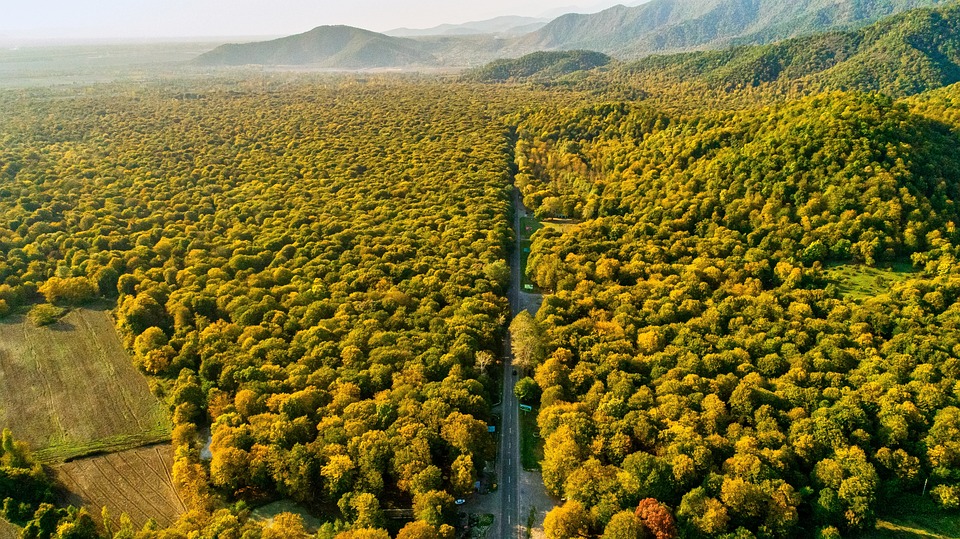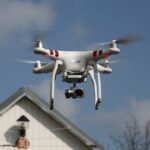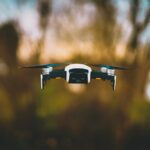Drones have become an increasingly popular tool for photographers, videographers, and hobbyists alike. With their ability to capture stunning aerial footage and images, drones offer a unique perspective that was once only possible with expensive helicopters or airplanes. However, flying a drone in different weather conditions can present some challenges. Here are some tips for taking your drone to new heights in various weather conditions.
1. Windy Conditions
Flying a drone in windy conditions can be tricky, as strong gusts of wind can cause the drone to become unstable and difficult to control. To fly your drone safely in windy conditions, it is important to pay attention to the wind speed and direction. Avoid flying your drone in strong gusts of wind, as this can cause the drone to drift off course or even crash. Instead, try to fly your drone in sheltered areas where the wind is less severe. Additionally, adjust your flight speed and direction to compensate for the wind and keep your drone stable.
2. Rainy Conditions
While some drones are waterproof and can handle light rain, flying your drone in heavy rain or thunderstorms is not recommended. Water can damage the electrical components of your drone and cause it to malfunction or crash. If you must fly your drone in rainy conditions, make sure to waterproof your drone with a cover or a special waterproof case. Additionally, avoid flying your drone close to water or in areas prone to flooding. Always check the weather forecast before flying your drone in rainy conditions and err on the side of caution.
3. Cold Weather
Cold weather can also pose challenges for flying your drone, as the cold temperatures can affect the battery life and performance of your drone. To fly your drone safely in cold weather, make sure to keep your batteries warm before flying. Store your batteries in a warm place and only install them in your drone right before takeoff. Additionally, avoid flying your drone in extreme cold temperatures, as this can cause the drone to lose power quickly and crash. Keep an eye on your battery levels and be prepared to land your drone if the battery gets low.
4. Hot Weather
Flying your drone in hot weather can also present challenges, as the heat can affect the performance of your drone and cause it to overheat. To fly your drone safely in hot weather, make sure to avoid flying your drone in direct sunlight for extended periods of time. Instead, fly your drone in the early morning or late afternoon when the temperatures are cooler. Additionally, monitor the temperature of your drone during flight and land it immediately if it starts to overheat. Keep your drone well ventilated and avoid flying it in hot, humid conditions.
In conclusion, flying a drone in different weather conditions requires careful planning and preparation. By following these tips, you can safely take your drone to new heights and capture stunning aerial footage in a variety of weather conditions. Remember to always prioritize safety and follow local regulations when flying your drone. Happy flying!





